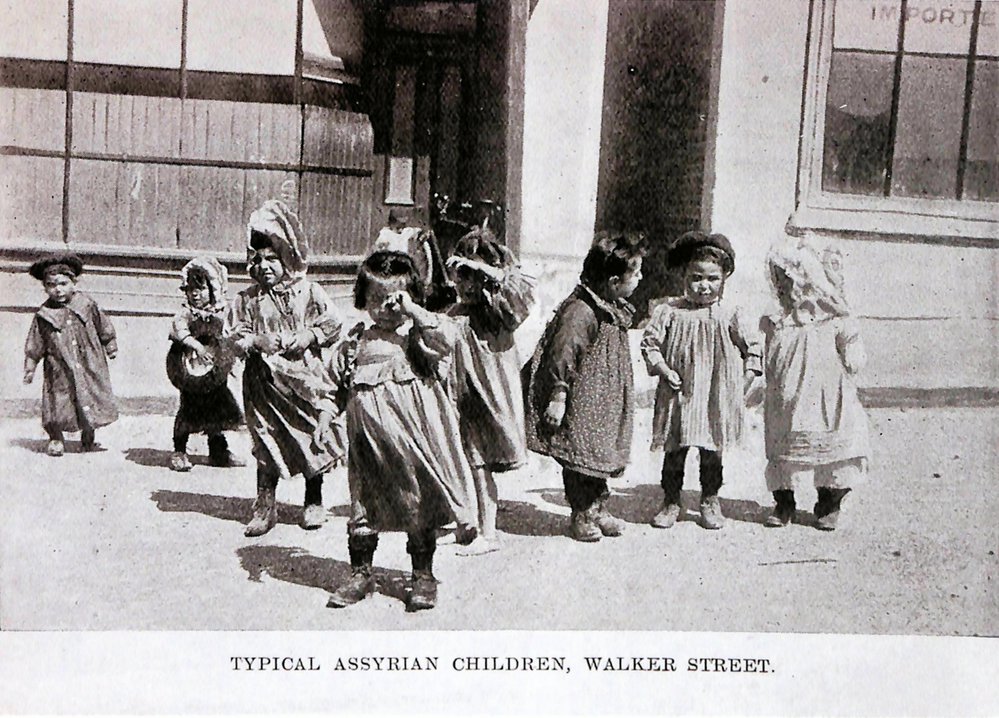In a world where cultures and identities are increasingly under pressure, the survival of small, historically rich ethnic groups like the Assyrians depends heavily on the conscious preservation and transmission of their heritage. For Assyrians, who have faced centuries of displacement, persecution, and cultural erosion, fostering a strong sense of national identity from infancy is seen by many community leaders and scholars as essential. This article explores why teaching Assyrian nationalism from as early as six months old can be crucial for the community’s future.
The Importance of Early Identity Formation
Modern research in psychology and child development shows that identity formation begins very early in life. Even before children can speak, they absorb cultural cues, values, and symbols from their environment. Introducing Assyrian language, traditions, and symbols early helps form a foundational connection to their ethnic roots.
For Assyrians, this early connection is vital because:
- Preserving Language:
The Assyrian Neo-Aramaic language is endangered. Early exposure, even in infancy, can help children internalize sounds, rhythms, and vocabulary crucial for fluency. - Building Cultural Awareness:
Familiarity with Assyrian music, stories, festivals, and religious practices from infancy strengthens cultural bonds and pride. - Forming a Sense of Belonging:
Feeling part of a community from the earliest age builds resilience against assimilation pressures and identity loss.
Why Nationalism?
Nationalism, in this context, is not about exclusion or hostility but about cultivating pride, self-awareness, and commitment to the survival and prosperity of the Assyrian nation.
For Assyrians, who have historically been minorities often overlooked or marginalized, nurturing nationalistic values serves several purposes:
- Resistance to Cultural Erasure:
Assyrian nationalism encourages individuals to value their heritage and actively resist efforts that threaten their identity, including forced assimilation or denial of their history. - Community Solidarity:
A strong national identity promotes unity among Assyrians scattered across the diaspora and the Middle East, helping to maintain social cohesion. - Political Awareness:
Early nationalistic education can cultivate future generations who are aware of their rights and motivated to advocate for Assyrian political recognition and cultural protection. - Intergenerational Continuity:
Teaching nationalism ensures that knowledge of Assyrian history, struggles, and aspirations is passed down without dilution.
How to Teach Nationalism to Infants and Young Children
While six-month-old infants cannot understand political concepts, they can be immersed in an environment rich with national symbols and practices:
- Language Exposure:
Speaking Assyrian Neo-Aramaic to infants supports language acquisition. - Cultural Rituals:
Participating in traditional songs, dances, and religious ceremonies embeds cultural memory. - Visual Symbols:
Surrounding children with Assyrian flags, art, and stories creates visual associations with identity. - Family and Community Involvement:
A strong community network reinforces feelings of belonging.
As children grow, this foundation can be expanded into more explicit education about Assyrian history, identity, and nationalism.
Addressing Concerns About Nationalism
It is important to clarify that promoting Assyrian nationalism at an early age does not mean fostering intolerance or exclusion of others. Rather, it is about building a healthy, confident identity that empowers Assyrians to coexist peacefully with neighbors while preserving their unique heritage.

